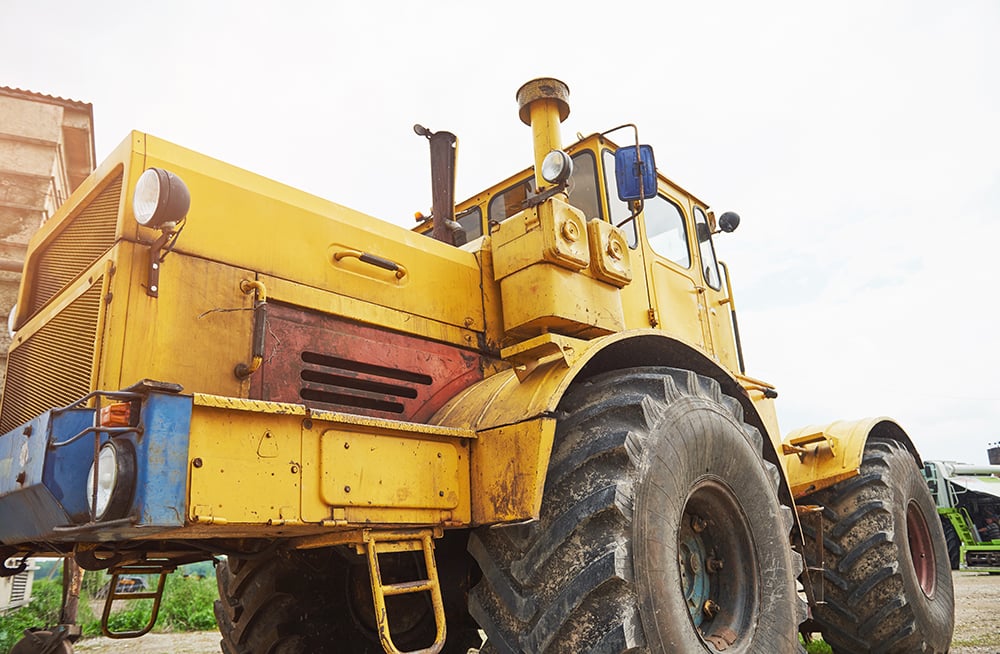
Every business owner will eventually reach a point where they begin planning their exit strategy because they are nearing retirement or want to move on to something new. Equipment appraisers in this position are no different and should think about the best way to maximize return while determining the most appropriate course of action.
Transitioning ownership and leadership can be an intimidating process. Current owners want to preserve the company’s reputation, relationships, and systems that make it valuable. In the equipment appraisal industry, credibility, experience, accreditations, and client trust must be maintained. An unplanned exit can create uncertainty that could potentially erode all the goodwill you’ve spent years creating.
To begin planning, define what “success” looks like for you. Do you want to sell the business to another appraiser or transition ownership to a partner or key employee? You may want to gradually wind down operations while maintaining a client base part-time or merge with another practice to scale up before exiting.
The clearer your objectives, the easier it will be to structure a plan that meets both financial and personal needs.
Potential buyers will look at historic revenue and profitability. They will also consider the level of recurring clients, referral relationships, accredited appraisers on staff, established procedures, report templates, professional reputation, online presence, and marketing, billing, and compliance practices.
A formal valuation of the business may also take place.
If you’re grooming an internal successor, such as a partner, family member, or senior appraiser, start early. Knowledge transfer in appraisal work takes time, and professional credentials often require years of experience and coursework. Mentoring your successor in client management while gradually shifting responsibilities can create a seamless transition that reassures clients and maintains business continuity.
Most successful exits are planned three to five years in advance. This allows time to improve financials, strengthen client relationships, and prepare the successor. When the time comes, communicate your plan to employees and major clients with clarity and confidence.
Work with your accountant, financial, and legal advisors, who will help structure the transition, minimize taxes, and ensure the deal terms align with your long-term goals.
In summary, a well-designed exit strategy gives you control, peace of mind, and a lasting legacy. Whether your goal is a sale, succession, or gradual retirement, thoughtful planning ensures your equipment appraisal firm continues to deliver trusted value long after you’ve stepped away.





